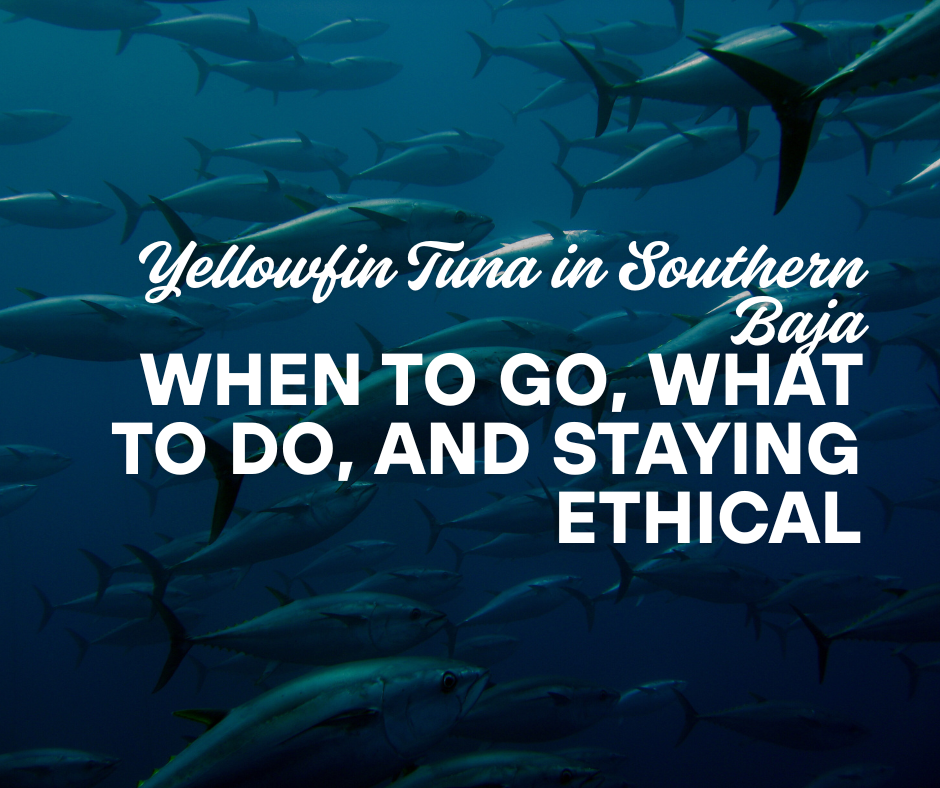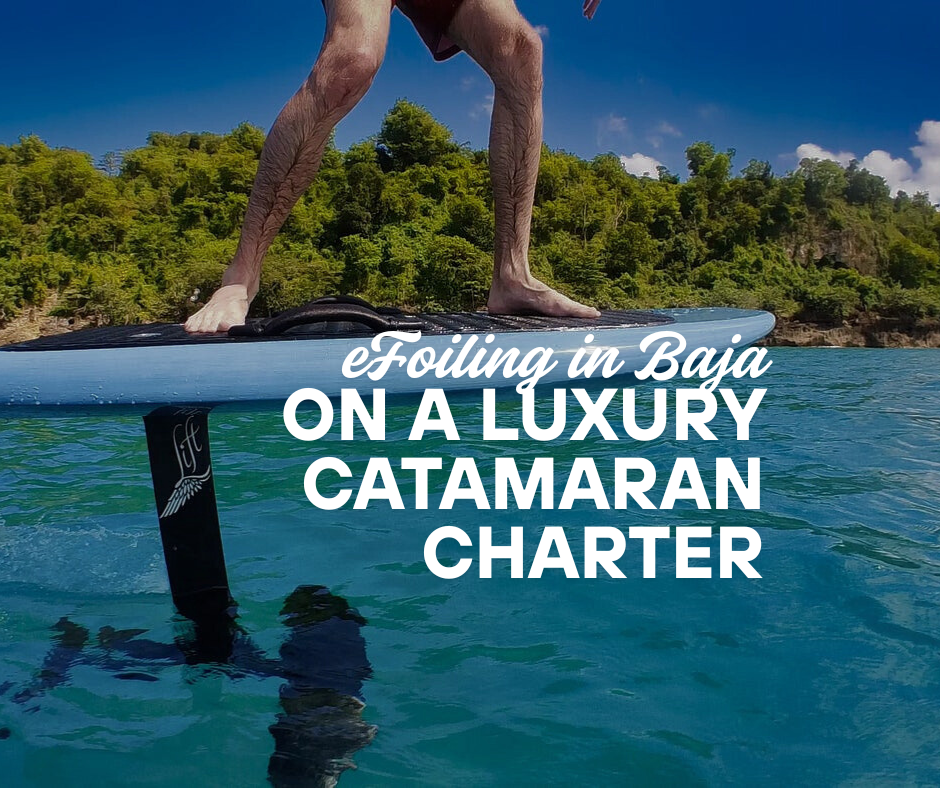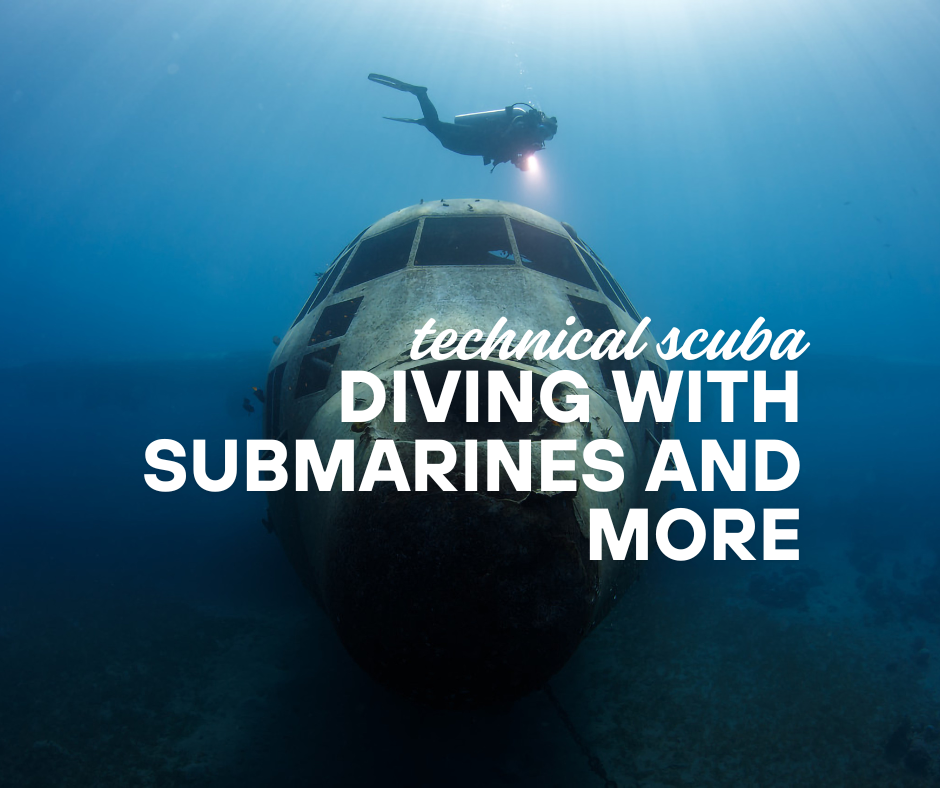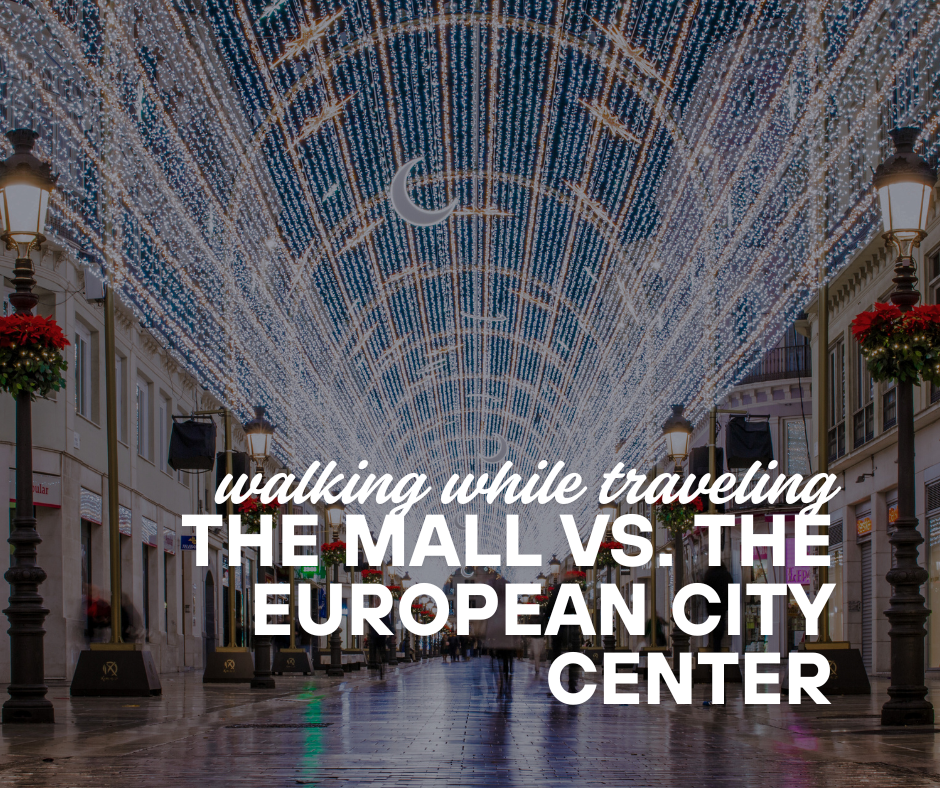Spearfishing is more than a sport — it’s a direct connection to the ocean, a test of skill, and a way to source your own food. But with growing attention on sustainability and marine conservation, the question often comes up: Is spearfishing ethical? And for those targeting pelagic giants like yellowfin tuna, another common question is: When is the best time to go to Southern Baja?
Here’s a closer look at both.
Is Spearfishing Ethical?
In short, spearfishing can be one of the most ethical forms of fishing — when practiced responsibly.
Unlike industrial fishing methods that rely on longlines, nets, or trawlers (which often result in bycatch and damage to marine habitats), spearfishing allows for precise, intentional harvesting. It’s an activity that rewards patience, awareness, and respect for the ecosystem.
Why Spearfishing Is Considered Ethical
-
Selective Harvesting – You take only the species and size you intend to, reducing bycatch to nearly zero.
-
Low Environmental Impact – Spearfishing does not harm reefs, seagrass beds, or the ocean floor.
-
Minimal Waste – Spearos often catch only what they plan to eat or share.
-
Stronger Connection to Food – Like hunting, it cultivates a deep respect for where your food comes from and how it’s obtained.
When It Crosses the Line
That said, spearfishing can become unethical under certain conditions:
-
Targeting vulnerable or overfished species
-
Disregarding local regulations or conservation areas
-
Taking more than necessary or wasting the catch
At its core, ethical spearfishing is about intention, knowledge, and stewardship. It’s about taking responsibility for every shot and making sure your actions align with the health of the marine environment.
When Is Yellowfin Tuna Season in Southern Baja?
If you’re looking to target yellowfin tuna, Southern Baja California — particularly areas like Cabo San Lucas, the East Cape, and La Paz — offers some of the best fishing grounds in the Eastern Pacific.
Peak Season: July to November
This is when water temperatures rise and large schools of yellowfin follow the bait into the region. Late summer and early fall are especially productive, both in terms of numbers and size. Tuna over 100 pounds are not uncommon during this window.
Shoulder Season: May to June
Some early activity begins in late spring, with smaller fish showing up as conditions improve.
Off-Season: December to April
Cooler waters push tuna farther offshore or south, making them less accessible for spearfishers and recreational anglers.
Final Thoughts
For those planning a trip to Southern Baja, aligning with peak yellowfin tuna season can offer some of the most rewarding bluewater experiences available. Combine that with a responsible, ethical approach to spearfishing, and you’ll walk away with more than just an impressive catch — you’ll gain a deeper respect for the ocean and its rhythms.
If you’re interested in trip planning, regional tips, or recommended gear for Baja bluewater, feel free to reach out. There’s a lot to explore, and doing it right makes all the difference.






